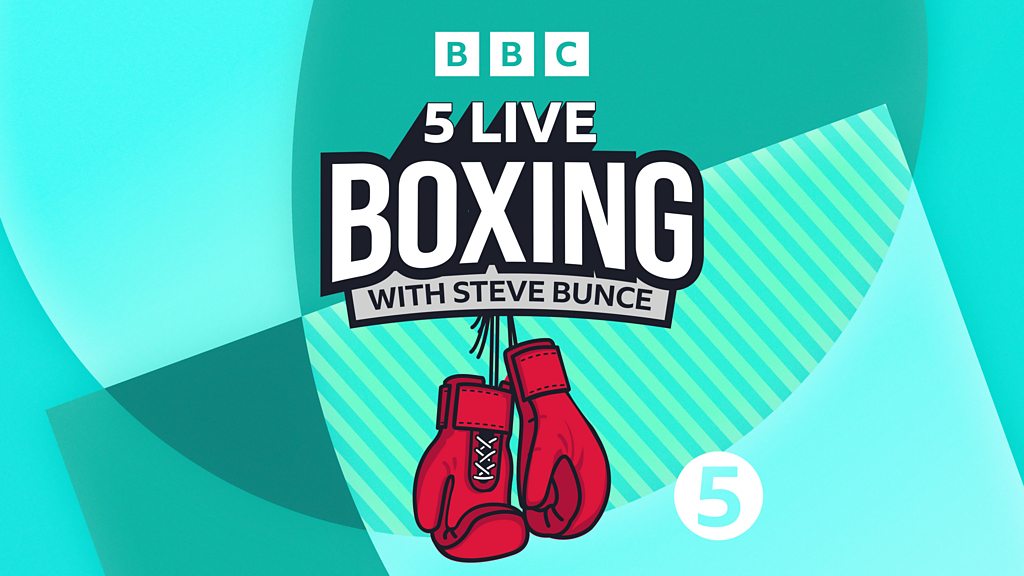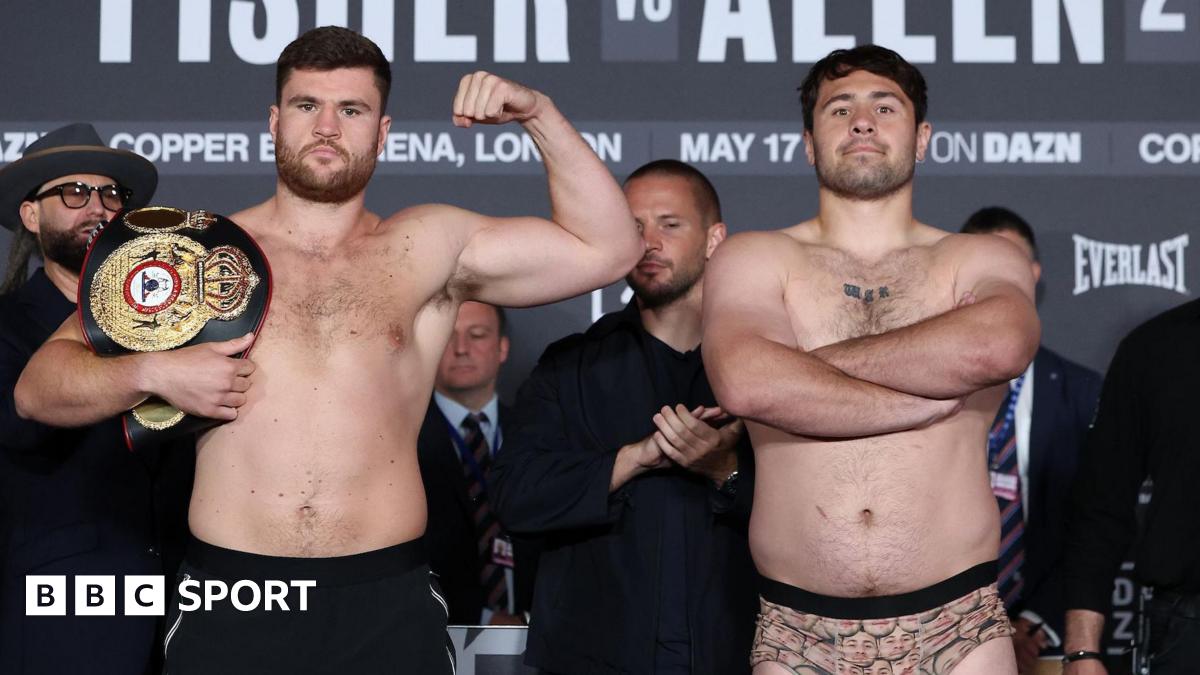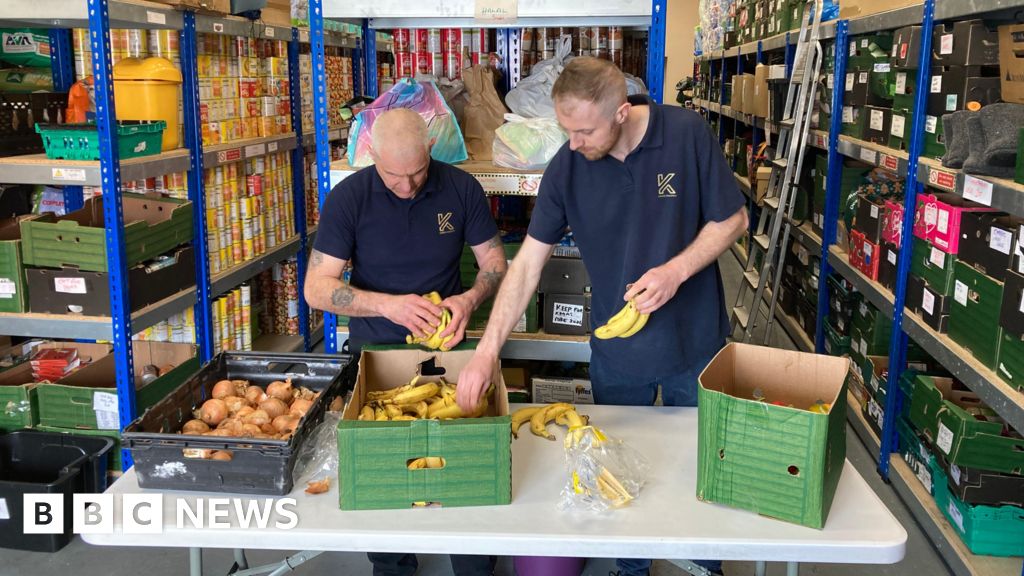Sustainability doesn’t sell your product. A better product does

In recent years, brands have changed their entire marketing approach in order to attract the new breed of so-called eco-conscious consumers. This is unsurprising considering the mountain of research showing the majority of people saying they care about sustainability when it comes to their purchasing decisions.
But the notion of an eco-conscious mass consumer who is willing to sacrifice their own personal comfort for the planet is largely a myth. This is because, while people might “say” they support sustainable practices, their actions tell a different story.
Our own research reveals that almost six in 10 (57%) American consumers say sustainability shouldn’t come at the expense of their personal experience.
It’s easy to read a stat like that and feel annoyed at people’s selfishness. At the same time, we’ve probably all been in a situation where, despite our best intentions, we realize too late that once again we’ve forgotten our reusable shopping bags at the grocery store. Or tried farmer-owned, regeneratively produced coffee beans only to go back to our old brand because it just doesn’t taste as good.
Subconscious decision-making
So why this disconnect? People tend to shop in a “hot state”—task-focused, time-pressured, hungry, distracted—rather than in a logical, deliberative mindset. In these moments, the subconscious mind drives decision-making, and high-minded intentions often fall by the wayside. Tasks that impede instant gratification, like cleaning up or sorting waste for recycling, are perceived as chores and routinely avoided without consciously realizing it.
That’s why a halo of sustainability isn’t going to convince consumers to accept an inferior experience. It’s not that people don’t care about the environment, it’s that they’re human, and their subconscious priorities often override their conscious values.
Brands that boast about their eco credentials often come off as authoritarian or preachy. Meanwhile, the rise in greenwashing has fueled deep-seated consumer scepticism over eco claims.
A performance-based approach
It can be much more effective for brands to talk up the superior performance or enhanced user experience of a product before getting to the sustainability aspect of it. And, for a topic as complex and divisive as the environment, sometimes the best approach is not to shout about sustainability at all.
Ford took this approach with its “Frunk” campaign, which shows EV owners popping their hoods and putting the added space normally taken up by a combustion engine to imaginative new uses, from a pop-up kitchen to a tattoo shop. Meanwhile, the iconic anti-littering campaign “Don’t Mess with Texas” plays on state pride rather than guilt.
User-unfriendly
Sustainability efforts also fall short because services aimed at getting people to recycle or be more sustainable are not user-friendly. In fact, many systems are unknowingly designed to elicit the opposite effect. For example, in many food outlets and retail spaces, the recycling bin is next to the rubbish bin. Both involve throwing items into a black hole, never to be seen again, and so the semiotics unintentionally cue waste, anonymous disposal, and ultimately, the death of the product.
Our study found 72% of consumers believe they’re responsible for clearing and sorting their rubbish in cafes and quick-service restaurants, like McDonald’s or Starbucks, but only 29% of them actually do so.
Avoiding Rebellion
Neuroscience shows that we subconsciously rebel when we feel forced to do something, so retailers should focus on making us actually want to take action. This is why the gamification of coin-spinning machines collecting charitable donations works so well. Kids love them for the fun factor; the philanthropy part is incidental. Retailers and quick service restaurants should swap “black hole” rubbish chutes for playful and rewarding alternatives that encourage people to recycle. To trigger behavior change, small nudges like these are much more effective than lofty messaging in marketing campaigns.
There has also been a shift toward eco-led design, with branding and packaging featuring earthy, neutral colors and worthy messaging. But this pared-back, functional design takes a lot of the joy out of the experience and turns people off subconsciously. The vegan “meat” category is a great example, with a number of the biggest brands opting for dull, utilitarian packaging and earnest messaging that prioritizes ethics over appetite—making the products feel more like a compromise than a craveable choice.
Effortless and indulgent
Almost three-quarters (72%) of those surveyed said they love innovative brands that invest in product development and deliver pride and excitement. The question brands should ask is not just “how can we make this sustainable?” but “how would Silicon Valley design this?” Sustainable solutions should feel effortless and even indulgent—think eco-hedonism, not eco-consciousness.
Brands need to stop passing the burden of sustainability to the consumer. If you can create a product or experience that is pleasurable, joyful, and rewarding, but also happens to be good for the planet, you will be able to sell sustainability to even the most selfish of consumers.
What's Your Reaction?
 Like
0
Like
0
 Dislike
0
Dislike
0
 Love
0
Love
0
 Funny
0
Funny
0
 Angry
0
Angry
0
 Sad
0
Sad
0
 Wow
0
Wow
0















































![The Chi Season 7 Premiere: Alicia Kills [Spoiler] in Vengeful Attack — But Did She Get the Right Man? Plus, Grade It!](https://tvline.com/wp-content/uploads/2025/05/the-chi-season-7-premiere-recap-episode-1.jpg?#)















































